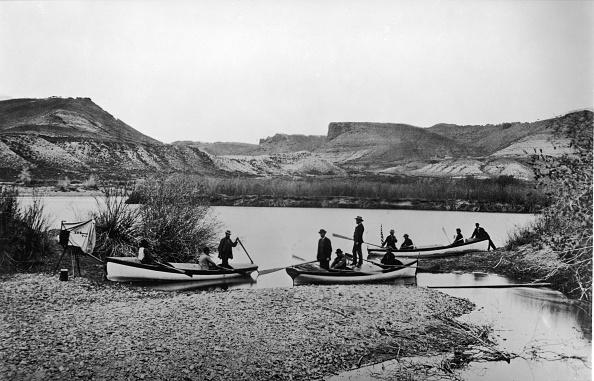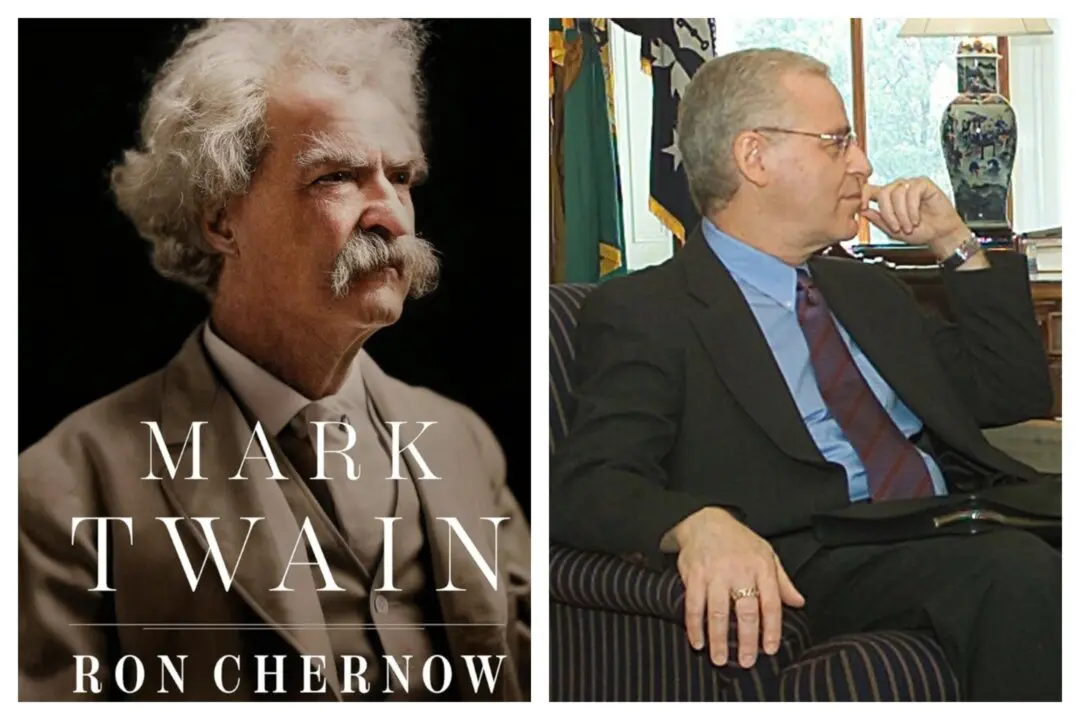John Wesley Powell (1834–1902) was born in the middle of America’s westward expansion, and his contribution to understanding that vast portion of the continent can hardly be overstated.
Powell’s family moved from northwest New York to Ohio in 1838 and then to Wisconsin in 1846. As a boy he developed a keen interest in nature and exploration, as he trekked through his immediate surroundings in the northern territories (Ohio became a state in 1803, but Wisconsin was a U.S. Territory from 1836 until 1848).






